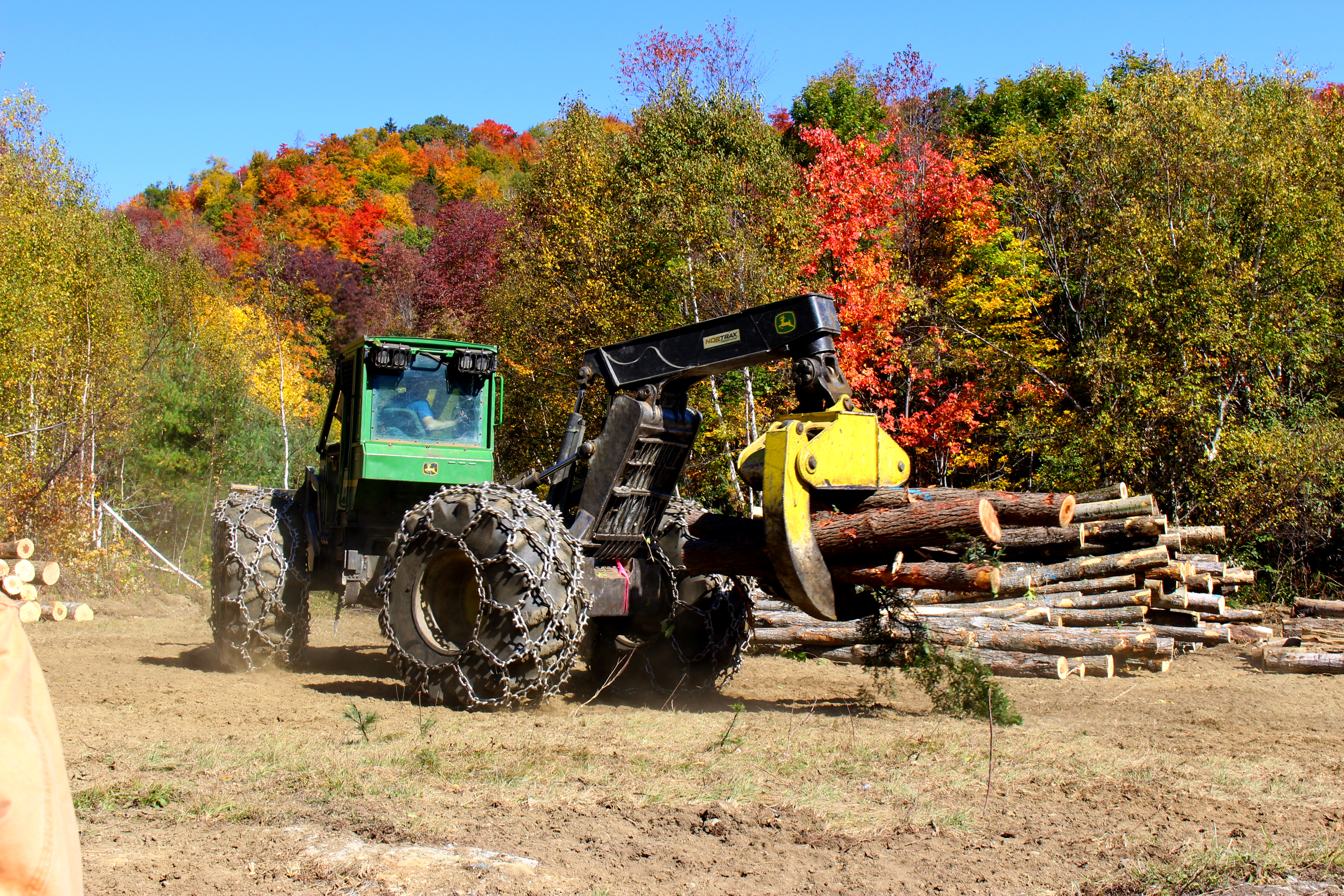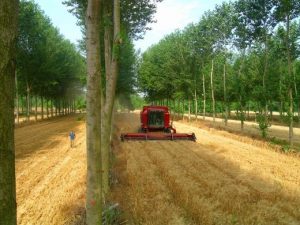One of the opportunities arising from Brexit is the chance to look at and restructure our entire land-based system; most notably, leaving the Common Agricultural Policy will enable us to re-evaluate how and where our investments are made.
This creates the opportunity to look at the system as a whole and how we might more effectively integrate industries and land-use to address current challenges, and those arising in the future. We need to look at this across the long term life-cycle of a forest to its far reaching sometimes intangible limbs.
 To start the process we need to first look at policy and how it could work to support sustainable land-management. The US state of Vermont is experiencing a challenge arising from large areas of small woodlands not in management.
To start the process we need to first look at policy and how it could work to support sustainable land-management. The US state of Vermont is experiencing a challenge arising from large areas of small woodlands not in management.
In addressing this, their land tax has been raised to equal that of commercial centres, making woodland ownership an expensive business. Unless, you have a sustainable management plan in place, which entitles you to a 90% tax break. This creates an incentive to have management plans in place but doesn’t create much opportunity to add value to small diameter/low quality timber, which typically arises from small woods.
This is where we turn to Finland, where the new UPM Lappeenranta Biorefinery has opened and takes timber or other wood-based waste materials and breaks them down in the same manner that oil is refined down to its component parts. Thus it can be used to create cellulose for insulation, cross-laminated timber, biodegradable plastics, clothing and even bio-fuel, which is its primary product derived and is a by-product of pulp making – it is even thought it could be used to create the next generation of solar panels. This creates a market for poor quality timber to lock away carbon, oppose to being burnt as firewood.
Moving to the Costa Rica where a lack of income from woodland was a major issue. A more consistent economic return had to be made from woodland in order to stop larger scale deforestation. This was calculated through the amount of water produced from the woodland (!) whilst looking at the potential hydro-power which could be produced. Here in Britain we are already looking at something similar through payments for public services. However, this could be expanded further to incorporate funds from those wishing to invest further in specific areas, such as water companies looking to protect and enhance water quality, insurance companies ensuring against flooding, conservation groups interested in a particular green corridor and even government investing in projects like the creation of the Northern Forest. Software is already coming through to support. The Land App is a perfect example of this as it not only helps landscape-level environmental scheme designs and funding structures to be created but also enables communication between advisors and farmers through the collaboration and scheme design function, making land management more informed.
Other forms of technology (including satellite mapping) is already being used around the world to measure canopy cover, this has even been done by the forestry commission, and could form the basis of a payments system. The SENTINAL Satellites are even able to calculate moisture content in the soil, allowing us to more strategically focus tree planting to mitigate droughts and other environmental factors, before they become a significant issue. This is vital in the looming presence of climate change as agricultural systems around the world begin to decline. The need to future proof our own systems will be integral for food production in the coming decades, and we need to start planning for this now. As we move into the future it may come to pass that the best places for trees are not traditional forests, but more in the form of urban and agro-forestry. My view is that forestry will and must become a broader but potentially lighter stroke across the landscape, incorporated with and supporting other industries.

We know that trees improve soil structure and that a single tree in a typical field can improve water retention of the soil by up to 60 times. Following a hot summer like 2018 and knowing this will continue, trees will be needed to support agriculture.
Studies at Harvard University are suggesting increased temperatures will affect the micro-biology of soils leading to reduced carbon retention, which will further accelerate climate change.
Economics is also coming forward to support the ecosystem services provided by trees especially within the urban environment. One example of this is a recent green infrastructure management assessment carried out within the London Borough of Barnet discovering that the improved management of their diverse open spaces is going to cost them £72 million over the 25-year management plan but would achieve a phenomenal return of over £1 billion to the Borough’s residents, primarily through public health benefits. We have a society detached from nature, with over 80% of our population in urban centres, of which an increasing majority is becoming disconnected from the natural world. Thus community lead schemes in the urban environment will be needed to engage them and will be integral to developing understanding and support for rural areas.
The world needs a global leader on the environment, we are in a position to shrug off the shackles of the poorer elements of common agricultural policy and step towards into this role. If we embrace these technologies we will be able to provide these services and teachings to the rest of the world. The UK has a loud voice and we will have a high quality resilient landscape, which supports food production, public health and the environment, to shout about. We need strong, robust policy and investment in these systems enhancing wildlife, creating diverse and strong partnerships to foster a circular economy around forest management, as in the wake of Brexit we will need high quality jobs, which create a sustainable and more self-sufficient economy, which will be secure for generations to come.
